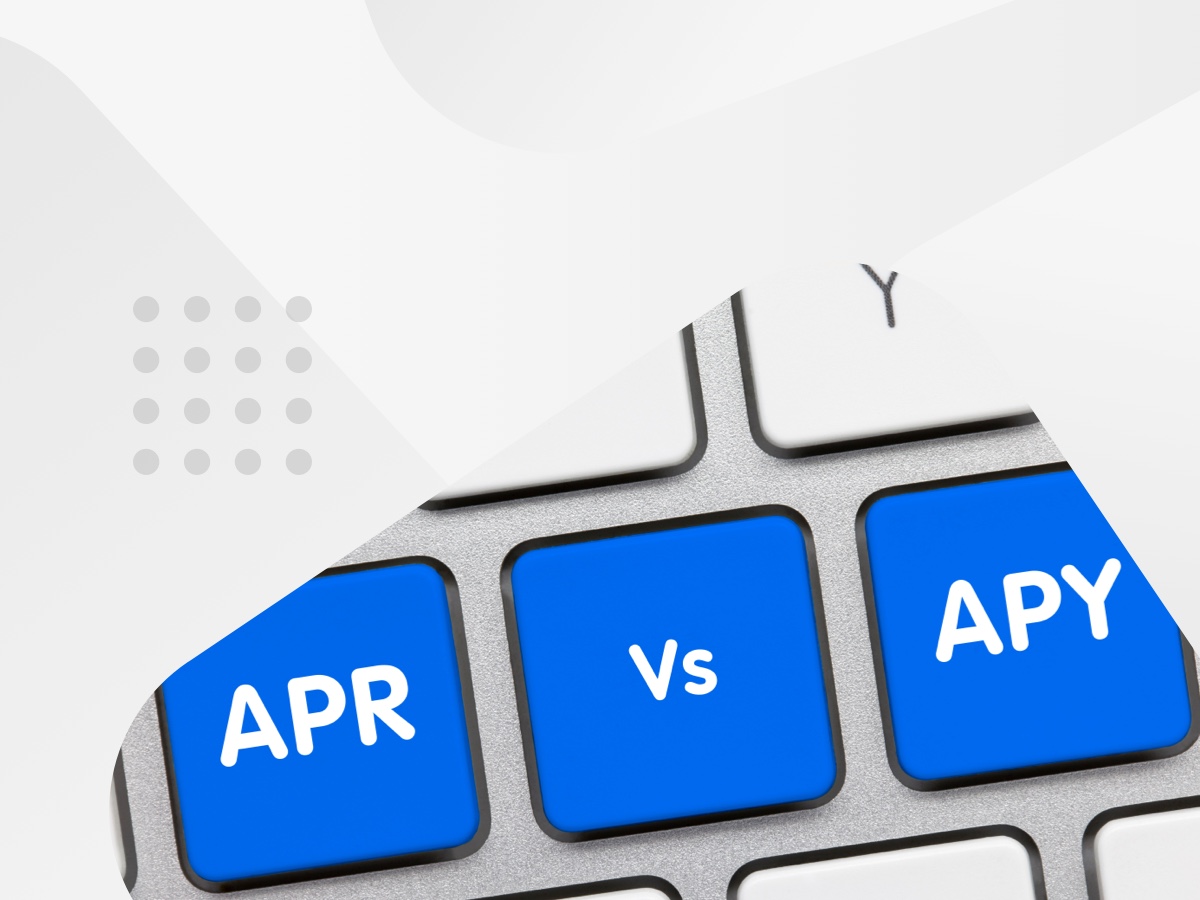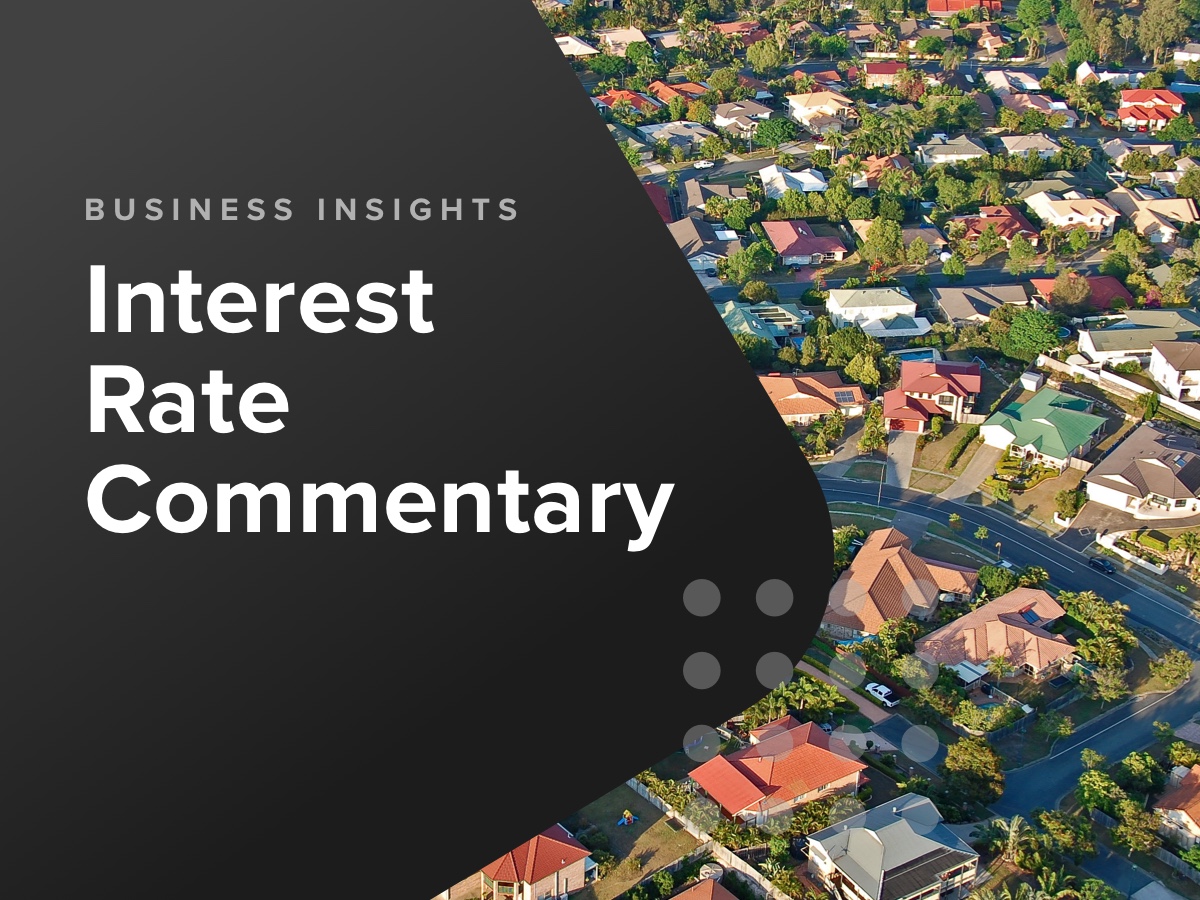APR and APY describe two sides of the same coin in relation to interest paid and earned. A simple explanation is that the Annual Percentage Rate (APR) is a measurement of how much you’ll pay in interest and other costs when you borrow money. Conversely, the Annual Percentage Yield (APY) reflects how much you will earn on money in interest when you save.
Almost, but they are considered more comprehensive measurements of the cost or savings from products that accrue interest. This is because, as well as interest, the Annual Percentage Rate accounts for additional costs, such as bank account fees, to give a greater view of the net position.
Similarly, the Annual Percentage Yield takes into account compound interest (interest on interest already earned), and the compounding period of savings products to give a more accurate reflection of yield.

Borrowers and savers alike may choose to use these metrics to calculate the true net cost or gain from the use of a particular product. For example, if a savings account has a competitive interest rate, but compounds it annually, the Annual Percentage Yield may reveal it to be less profitable than other accounts with the same interest rate that compounds more frequently.
Similarly, when applying for a mortgage, it can be useful to check more than just the interest charged on top of your principal repayments. Choosing according to interest alone may not reveal the true cost of the mortgage, as there may be additional fees and costs charged over the life of the loan. The Annual Percentage Rate will allow for a clearer image of the cost of using the product because it factors these in. This additional information can assist in determining which products will most suit the borrower or saver.
The Annual Percentage Rate measures the net cost of borrowing a sum of money or using a line of credit. It applies to the use of products such as credit cards, phone plans, bank loans, personal loans, car loans and more. In order to form a comprehensive picture of cost, it factors in information, including:
- Interest
- Equipment charges
- Lender fees
- Insurance costs
When comparing products, the Annual Percentage Rate can distinguish between products that may initially appear similar. For example, when comparing business loan choices a consumer may see two products with the same rate of interest applied. The Annual Percentage Rate will incorporate the lending fees charged to give a clear indication as to which will actually cost the business more over the course of a year. The lower the Annual Percentage Rate is, the less you should have to pay.
Some credit products apply different Annual Percentage Rates to different types of transactions by the consumer. There may be one applicable interest rate for the purchase of goods and another for a balance transfer, for example. It is always worth reading the differences in the fine print with any product prior to making any commitment.
Annual Percentage Yield refers to how much money you will accrue in interest on a principal amount when invested into products, such as savings accounts and superannuation funds. It forms a clearer understanding of the net profit position of these products because it incorporates the compounding of interest.
Compound Interest means receiving interest on the principal sum plus any interest already earned. The amount that this generates over a year depends on the frequency with which an account is compounded.
For example, a product with 3% interest compounded monthly will generate a greater yield than a product with 3% simple interest per annum.
The formula for how to calculate it is
𝐴𝑃𝑌=(1+𝑟/𝑛)𝑛−1APY=(1+r/n)n−1
Where r is the period rate and n is the number of periods.
Using the example above the APY would reveal the yield from the compounding product to generate 3.04% from the interest, a small increase but an increase nevertheless from the 3%.
Individual consumers and companies can use APY to distinguish between products with similar interest rates, to determine which may be more likely to leave them in a more favourable position.
Annual Percentage Yield and Annual Percentage Rate can either be fixed or variable, depending on the conditions of the particular product that you’re engaging with.
- A Variable Annual Percentage Rate takes into account changes in macroeconomic conditions, such as a movement in the official cash rate from the Reserve Bank of Australia (RBA).
- A Fixed Annual Percentage Yield locks you in with the interest conditions determined at the commencement of use of the product. Some accounts may have a fixed APY up to a certain deposit level, and then apply a variable rate for amounts above that.
No, there isn’t such a thing as a universally good Annual Percentage Rate or Annual Percentage Yield. They are metrics used to compare products and determine net positions. Ideally, you want your Annual Percentage Rate to be as low as possible, so as to minimise expenses, and your Annual Percentage Yield to be as high as possible, to earn the most on your money deposited.
It is important to remember to consider all relevant factors when determining which products to use for either borrowing or savings. While many institutions incorporate APY and APR into their considerations, there are other fine print details that must be checked prior to making any decisions. For example, a product with a rock-bottom interest rate but high ongoing fees could still cost you more than a product with an average rate and no ongoing fees. Before engaging with any loan or savings product it is always worth seeking out professional financial advice to mitigate risk.
While you’re doing the due diligence on credit products, you should make sure that your trading partners remain creditworthy as well. The optimal way to achieve that is with the comprehensive suite of credit reporting and risk management tools from CreditorWatch. Our Credit Reporting platform, complete with sophisticated Risk Score technology, leverages trade payment data from 55,000+ customers to deliver detailed insight into who is or isn’t risky to trade with, and who’s more likely to pay their bills.
Should you wish to do a more comprehensive dive into a trading partner’s finances, you can explore two to three years of their financials with a full Financial Risk Assessment, complete with succinct analysis from a Chartered Accountant (CA) or Certified Professional Accountant (CPA). If any essential information changes, you will instantly be alerted via our 24/7 Monitoring and Alerts system – always watching your back.
To protect your cash flow against risky entities, speak to our expert team today.

Get started with CreditorWatch today
Take your credit management to the next level with a 14-day free trial.

